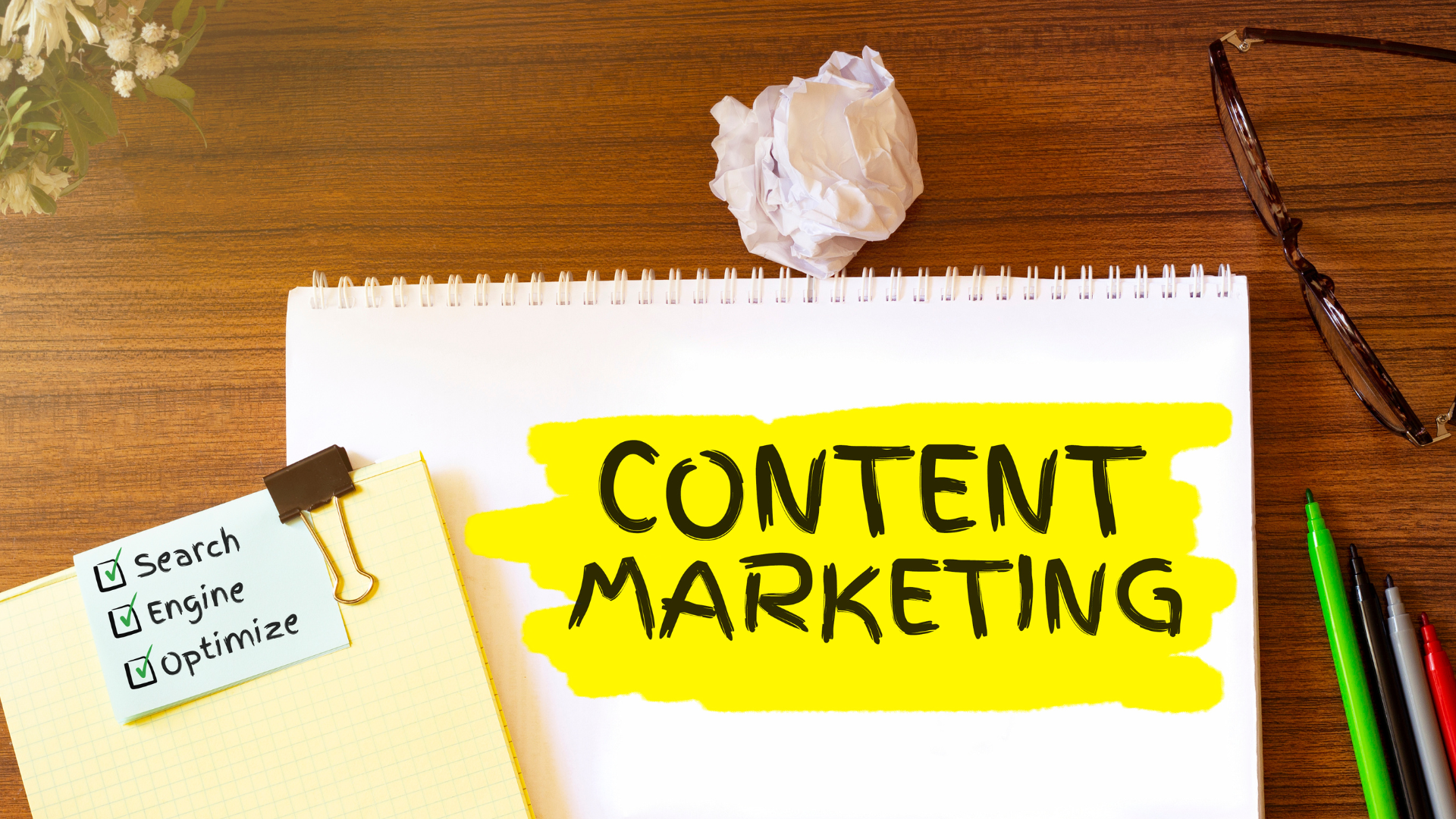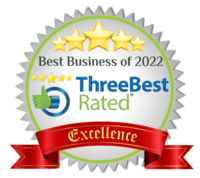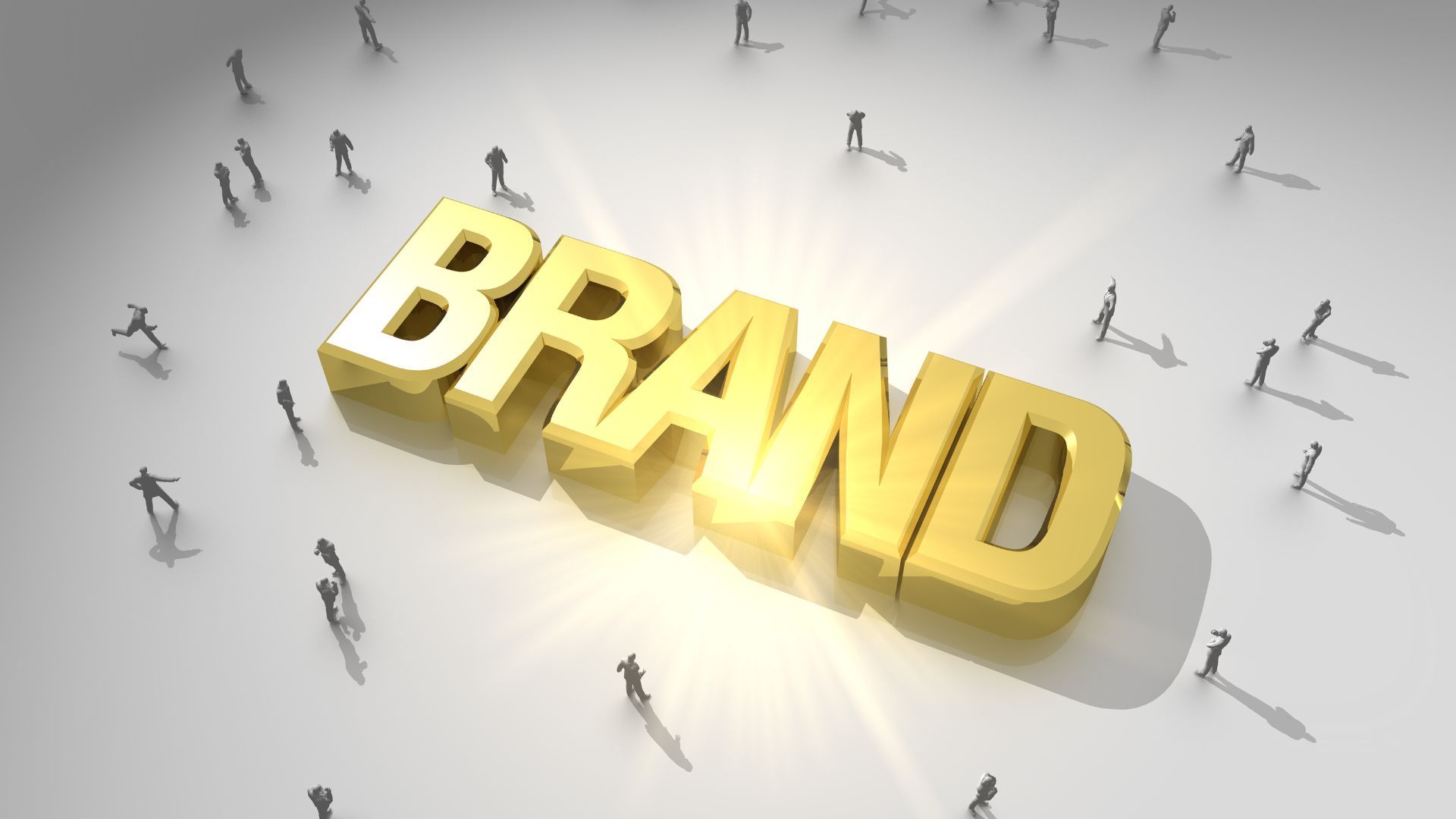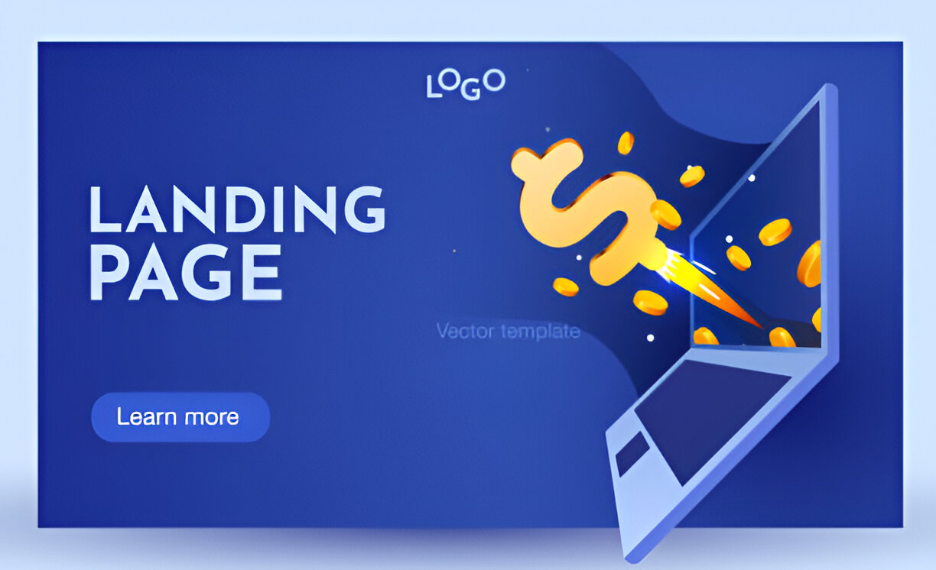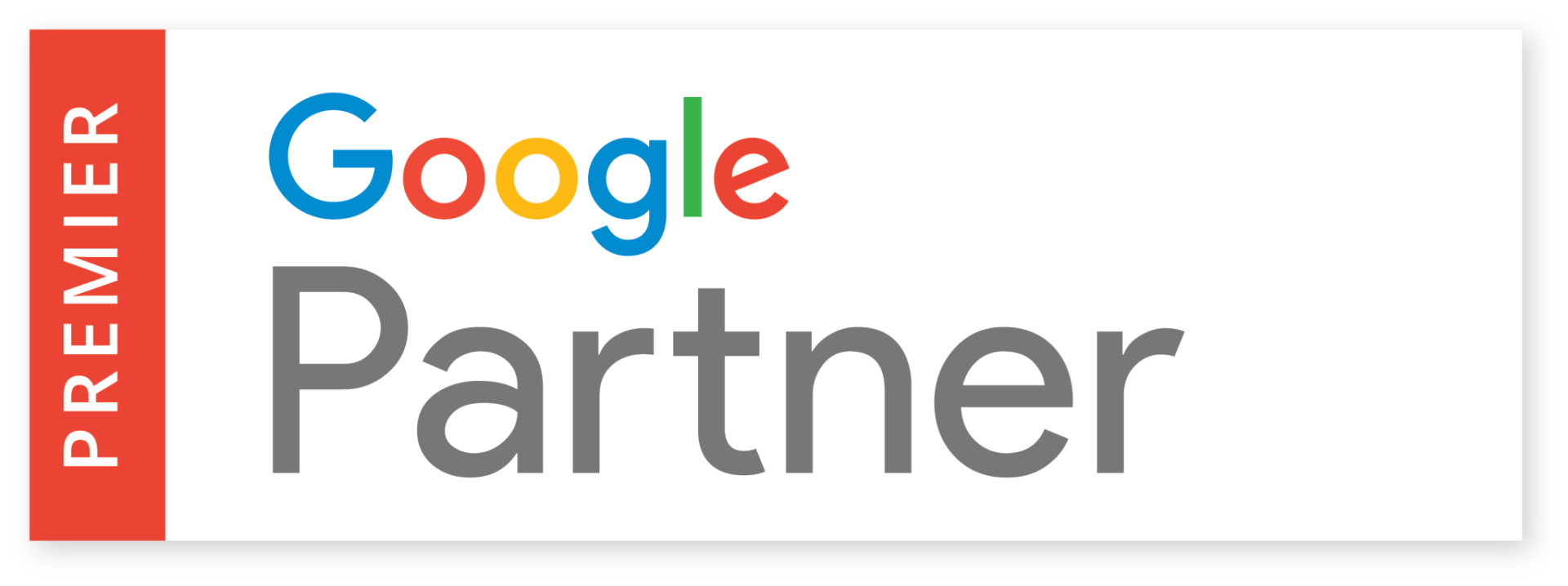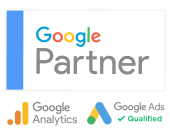How to Measure Brand Success and ROI
How to Measure Brand Success and ROI: Key Metrics and Practical Methods

Brand success means measurable improvement in how customers recognize, prefer, and financially support a company, while brand ROI quantifies the financial return from branding investments. This article teaches a practical method: identify essential brand success metrics, track them with the right tools, and translate metric changes into revenue and lifetime value impacts. Readers will learn which awareness, loyalty, sentiment, and financial indicators matter, how to calculate attributable lift, and how to assemble a repeatable Brand Success Scorecard.
The guide addresses tools, analytics setups, survey design, and experiment options—plus concrete tables and setup tips you can apply immediately. By the end, you will have a clear measurement workflow for assessing brand health, measuring branded-search and sentiment shifts, and calculating incremental revenue or CLV changes attributable to branding activity.
What Are the Essential Brand Success Metrics to Track?
Brand success is best monitored by a compact set of metrics that together indicate reach, preference, and behavior; these metrics work because they map customer perception to measurable actions and financial outcomes. Tracking awareness, loyalty, sentiment, share of voice, and branded search volume gives a multi-dimensional view of brand performance, and each metric routinely predicts funnel entry or retention shifts that affect revenue.
Below is a quick reference table summarizing core metrics, what they measure, and practical measurement methods you can implement with analytics, surveys, and listening platforms. The table helps teams prioritize metric collection and standardize definitions across stakeholders so downstream ROI calculations stay consistent.
Different metrics capture distinct aspects of brand performance and require specific measurement approaches.
| Metric | Definition | How to Measure (Method/Tool) |
|---|---|---|
| Brand Awareness (Aided/Unaided) | Share of audience that recognizes the brand | Surveys (unaided/aided recall), reach, branded search volume |
| Net Promoter Score (NPS) | Customer willingness to recommend | NPS surveys (single-question), trend analysis in CRM |
| Customer Lifetime Value (CLV) | Predicted net profit from a customer over time | Cohort analysis in CRM, CLV formula using purchase frequency and margin |
| Branded Search Volume | Search queries including the brand name | Search console or analytics segments for branded queries |
| Brand Sentiment | Positive/negative tone in mentions | Social listening with sentiment categorization and share of voice |
These metrics form a balanced set that links perception to behavior, enabling cross-functional teams to act on changes quickly.
How Is Brand Awareness Measured and Why Does It Matter?
Brand awareness measures whether potential customers recognize your brand and is typically divided into unaided and aided awareness; it matters because awareness expands the top of the funnel and drives future consideration. Unaided awareness is measured by asking open recall questions in surveys, while aided awareness uses recognition prompts; branded search volume and reach/impressions complement survey data for behavioral validation. Awareness lifts often precede increases in consideration and branded conversions, making them a leading indicator for revenue impact when combined with conversion rates.
To act on awareness shifts, teams should tie survey baselines to branded search and organic traffic segments for continuous monitoring and early detection of campaign effectiveness.
Awareness informs the next step—how loyalty and repeat behavior translate that reach into revenue, which we examine next.
What Are the Top Brand Loyalty Metrics to Evaluate Customer Retention?

Brand loyalty reflects repeat behavior and emotional preference; key loyalty metrics include retention rate, repeat purchase rate, NPS, CSAT, and CLV, and these metrics matter because they directly affect lifetime revenue and acquisition economics. Retention and repeat purchase rate are calculated from cohort analyses in CRM or ecommerce data, while NPS is a standardized survey score derived from a single recommend-question and simple arithmetic to segment promoters, passives, and detractors. CLV aggregates revenue per customer over an expected lifetime and translates loyalty into dollars, which helps prioritize investments that raise retention versus purely acquisition-focused spend.
Monitoring these loyalty metrics enables teams to quantify long-term benefits of branding and to model how small percentage improvements compound into substantial financial gains.
Linking loyalty improvements to marketing economics is the next step toward computing brand ROI and understanding financial impact.
How Do Brand Health Indicators Reflect Overall Brand Performance?
Brand health aggregates perception measures—brand equity, perceived quality, sentiment, and share of voice—and provides an early warning system for shifts that affect long-term market position. Brand equity combines consumer attitudes, associations, and behavioral proxies such as willingness to pay or market share; sentiment analysis from social listening and qualitative survey cues reveals perception trends that precede changes in consideration.
A composite health score can be created by weighting survey responses, sentiment trends, and behavioral signals like branded search and repeat purchase, giving leaders a single dashboard metric for governance. Using a simple scoring rubric with thresholds enables faster decisions: when health dips past a threshold, teams trigger action plans such as creative refresh or targeted retention campaigns.
Composite health indicators then feed directly into ROI models and experiment design to quantify downstream financial effects.
How Do You Calculate Brand ROI to Understand Financial Impact?
Calculating brand ROI requires translating perceptual or behavioral lifts into attributable revenue or margin improvements and then comparing that lift to branding investment over a defined time horizon. The basic mechanism is to quantify incremental revenue (or CLV uplift), subtract incremental costs (including CAC changes), and divide by the branding investment; this approach works because it converts abstract perception shifts into financial attributes that finance teams accept.
Before the table, consider a simple step list that frames the calculation workflow and ensures clarity across teams.
- Define the investment: Sum the branding campaign and measurement costs over a window.
- Estimate attributable lift: Use lift tests or modeling to estimate revenue or CLV increase.
- Adjust for costs: Subtract incremental CAC or fulfillment costs from revenue lift.
- Compute ROI: (Attributable Net Revenue − Investment) / Investment and express as a percentage.
These steps ensure a transparent chain from brand metric change to dollar impact and make it easier to defend attribution choices internally.
| Metric | Financial Attribute (Revenue/Cost) | Calculation Example |
|---|---|---|
| Awareness lift → Conversion | Revenue uplift via increased funnel entrants | 10% awareness lift → 2% more visits → 0.5% more conversions = incremental revenue $X |
| CLV uplift | Revenue per customer over lifetime | 5% CLV increase on 10,000 customers = additional $Y over lifetime |
| Reduced CAC from the brand | Lower acquisition cost per customer | CAC drops from $50 to $45 across 5,000 customers → savings $25,000 |
These formulas and examples provide a repeatable mapping from marketing metrics to financial impact and can be adapted to different time horizons and margin structures.
What Metrics Are Used to Quantify Brand ROI?
Key metrics for quantifying brand ROI include revenue growth, price premium (willingness to pay), CAC, margin impact, and CLV; these metrics serve as either inputs (costs) or outputs (financial benefits) in ROI calculations. Revenue growth and price premium capture top-line and unit economics changes, while CAC and marketing spend represent direct costs that offset benefits; margin considerations ensure calculations reflect profit rather than gross revenue. Data sources for these metrics typically include CRM, finance systems, and analytics platforms, and triangulation across sources improves confidence in attributable estimates.
Organizing metrics into inputs and outputs makes it easier to run sensitivity analyses and present conservative versus optimistic ROI scenarios.
How Can You Link Branding Efforts to Sales and Revenue?
Linking branding to revenue requires experiments and modeling—such as holdout tests, geo lift studies, A/B creative tests, and mixed models—that estimate incremental effects beyond baseline trends and seasonality. Holdout tests (control vs exposed groups) provide clean causal estimates over short to medium windows, while marketing-mix modeling and multi-touch attribution help allocate longer-term effects across channels; each approach has trade-offs in speed, cost, and statistical power.
Hybrid strategies that combine experiments for direct causality and modeling for broader attribution tend to be most robust, and careful design (randomization, adequate sample size, and consistent measurement) ensures results are actionable. Documenting assumptions and running sensitivity checks helps stakeholders accept ROI estimates and apply them to budget decisions.
Structured experiment design naturally leads to the selection of tools and platforms that collect the necessary data, which we examine next.
Which Tools and Technologies Help Measure Brand Success and ROI?
Tool categories map directly to metrics: analytics platforms capture branded search and behavior, social listening detects sentiment and share of voice, survey platforms measure awareness and NPS, and CRM ties behavior to CLV and revenue. Each tool category fills a specific measurement role, and combining them via data pipelines creates the integrated inputs needed for ROI calculations and scorecards.
Below is a short table mapping tools to purpose with setup tips to make each tool actionable quickly. For organizations without in-house reporting, managed services and monthly reporting options can provide turnkey dashboards and consistent analytics cadence; for example, consider Digital Marketing Analytics and Reporting as an implementation pathway to operationalize these setups.
| Tool | Purpose | Example Use Case / Setup Tip |
|---|---|---|
| Web Analytics (GA4) | Branded traffic, conversions | Create branded-search segments and custom events for on-site behavior |
| Social Listening | Sentiment, share of voice | Use query strings for brand variants and tag sentiment rules for trend alerts |
| Survey Platforms | Awareness, NPS, CSAT | Use consistent question wording and repeat sampling cadence for benchmarking |
These tools, when integrated, form a measurement infrastructure capable of supplying timely inputs to ROI models and executive dashboards.
How Do Analytics and Social Listening Tools Track Brand Metrics?
Analytics platforms track branded search and on-site behavior by creating segments and events that isolate traffic containing brand terms, allowing teams to measure conversion differences and funnel behavior among brand-influenced visitors. Social listening captures mentions, volume, and sentiment by querying brand keywords and related phrases; configuring boolean queries and sentiment classifiers helps filter noise and surface meaningful trends.
Interpreting signals together—such as concurrent branded-search uplift and positive sentiment spikes—provides stronger evidence of campaign effectiveness than either source alone. For organizations that prefer an outsourced option, managed dashboarding and monthly reporting can operationalize these signals into governance-ready outputs through repeatable processes.
Combining analytics and listening outputs feeds survey results and CRM analyses for a holistic measurement approach.
What Role Do Survey Platforms Play in Measuring Brand Perception?
Survey platforms measure awareness, unaided/aided recall, NPS, and CSAT using standardized questions that provide comparable benchmarks over time; they matter because they capture unobservable perceptions that analytics and listening cannot. Sample survey questions include unaided recall prompts, aided recognition lists, and the single-line NPS recommend question; best practices call for consistent cadence (quarterly or biannual) and representative sampling to ensure trend validity.
Survey outputs should be merged with behavioral data—linking respondent-level answers where possible to CRM or cohort behavior—to validate perception signals against actual purchase or retention outcomes. Well-designed survey programs convert qualitative feeling metrics into quantitative indicators that directly feed scorecards and ROI models.
Representative sampling and consistent question wording are essential if survey data will influence revenue attribution.
How Can You Develop an Effective Brand Measurement Framework?

An effective framework defines objectives, selects prioritized KPIs, establishes baselines and benchmarks, and creates a scorecard and reporting cadence to track progress against business outcomes. The mechanism here is governance: by aligning metrics to objectives and assigning weights and thresholds, teams can convert diverse signals into prioritized actions and investment decisions.
- Define business-aligned objectives: Link awareness, loyalty, or pricing goals to revenue targets.
- Select KPIs and weights: Prioritize metrics by expected financial impact and assign thresholds.
- Establish baselines and targets: Use historical data or category benchmarks to set realistic goals.
- Create governance and cadence: Assign owners, set reporting frequency, and automate data pipelines.
This checklist converts scorecard outputs into regular governance actions and budget decisions.
What Are the Key Steps to Building a Brand Success Scorecard?
Building a scorecard involves selecting a small set of leading and lagging indicators, assigning business-impact weights to each metric, creating a visual dashboard with thresholds, and defining escalation rules for when metrics cross action boundaries.
Weighting should reflect expected revenue or cost impact so the composite score maps to financial significance rather than raw loudness.
The dashboard should present absolute values, trend direction, and alerting rules so teams can prioritize interventions, and periodic reviews calibrate weights and thresholds based on observed outcomes.
Using a scorecard to prioritize investments ensures scarce marketing dollars target the highest-return branding activities.
The scorecard then needs data integration to feed it reliably, which we outline next.
How Do You Integrate Brand Metrics for a Holistic View?
Integrating brand metrics requires pipelines that merge survey results, analytics segments, CRM cohorts, and listening outputs into a unified datastore or dashboard; ETL tools, native connectors, or lightweight exports can accomplish this depending on scale.
A minimal viable dashboard for leadership includes awareness trend, NPS, branded-search share, retention rate, and estimated attributable revenue, presented with simple visual thresholds and notes on attribution method.
Automation and governance—data validation rules, ownership, and versioning—keep the dashboard trustworthy and reduce manual reconciliation.
Once integrated, the combined view supports causal analyses and feeds the ROI models described earlier.
What Are Real-World Examples of Measuring Brand Success and ROI?
Applied examples demonstrate methods and outcomes: companies use lift studies, cohort CLV analysis, or hybrid experiment-plus-modeling approaches to quantify branding returns, often showing measurable revenue or CLV gains within months.
Studying these examples reveals common patterns—clear baselines, control groups, and careful attribution—that you can replicate.
How Have Companies Achieved Measurable ROI Through Branding?
Below are compact example patterns showing the method and outcome that illustrate typical approaches and results.
- Lift study approach: A regional geo-holdout test measured incremental sales lift in exposed areas, producing a clear percentage uplift used to justify brand spend.
- CLV uplift modeling: Cohort analysis showed that a retention-focused branding program increased average CLV by a measurable percentage, enabling reallocation from acquisition to retention.
- Hybrid experiment and modeling: Short-term experiments provided causal anchors while longer-term modeling distributed attribution across channels to quantify total brand ROI.
These examples emphasize selecting the right method for the business question and documenting assumptions for decision-makers.
What Industry Trends Influence Brand Measurement in 2025?
Current trends shaping brand measurement include AI-driven sentiment and predictive analytics, privacy-first measurement (first-party data and cookieless adaptations), and the rise of social commerce, which ties brand presence directly to sales.
AI enables predictive models that forecast CLV or sentiment-driven revenue shifts, while privacy changes force reliance on deterministic first-party signals and aggregated modeling. Social commerce creates tighter attribution loops between social engagement and direct transactions, altering how share of voice and sentiment translate to revenue.
Adapting measurement frameworks to these trends ensures resilience and forward-looking insight into brand investments.
These trends also point to the need for integrated tool stacks, robust governance, and iterative scorecard refinement to maintain measurement accuracy.
